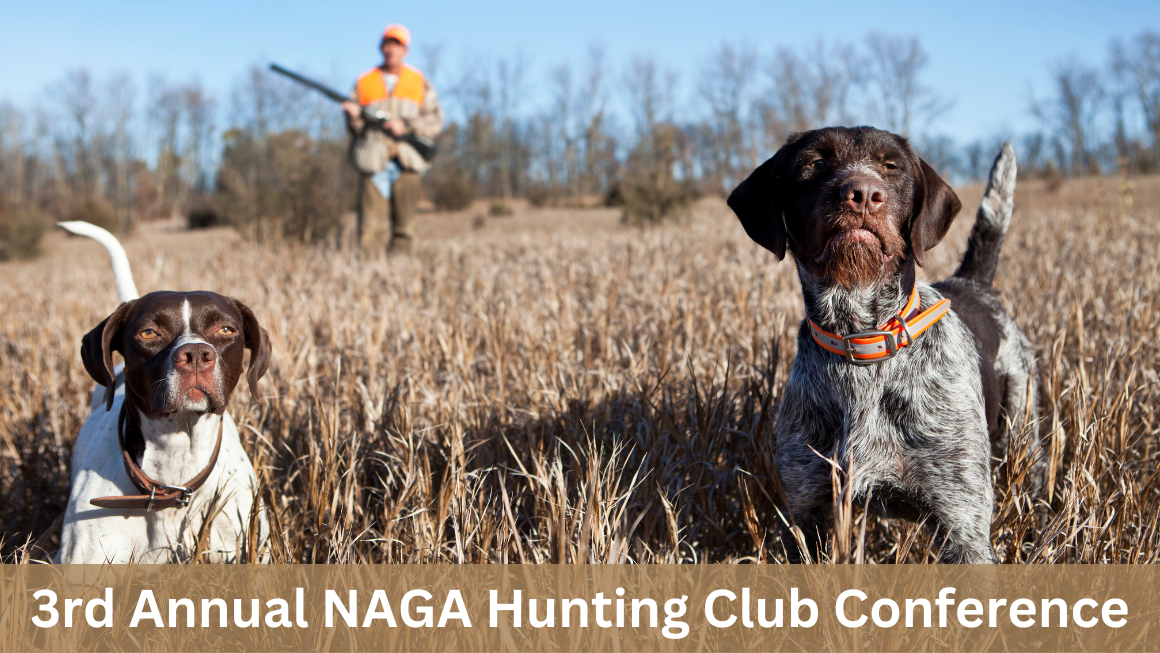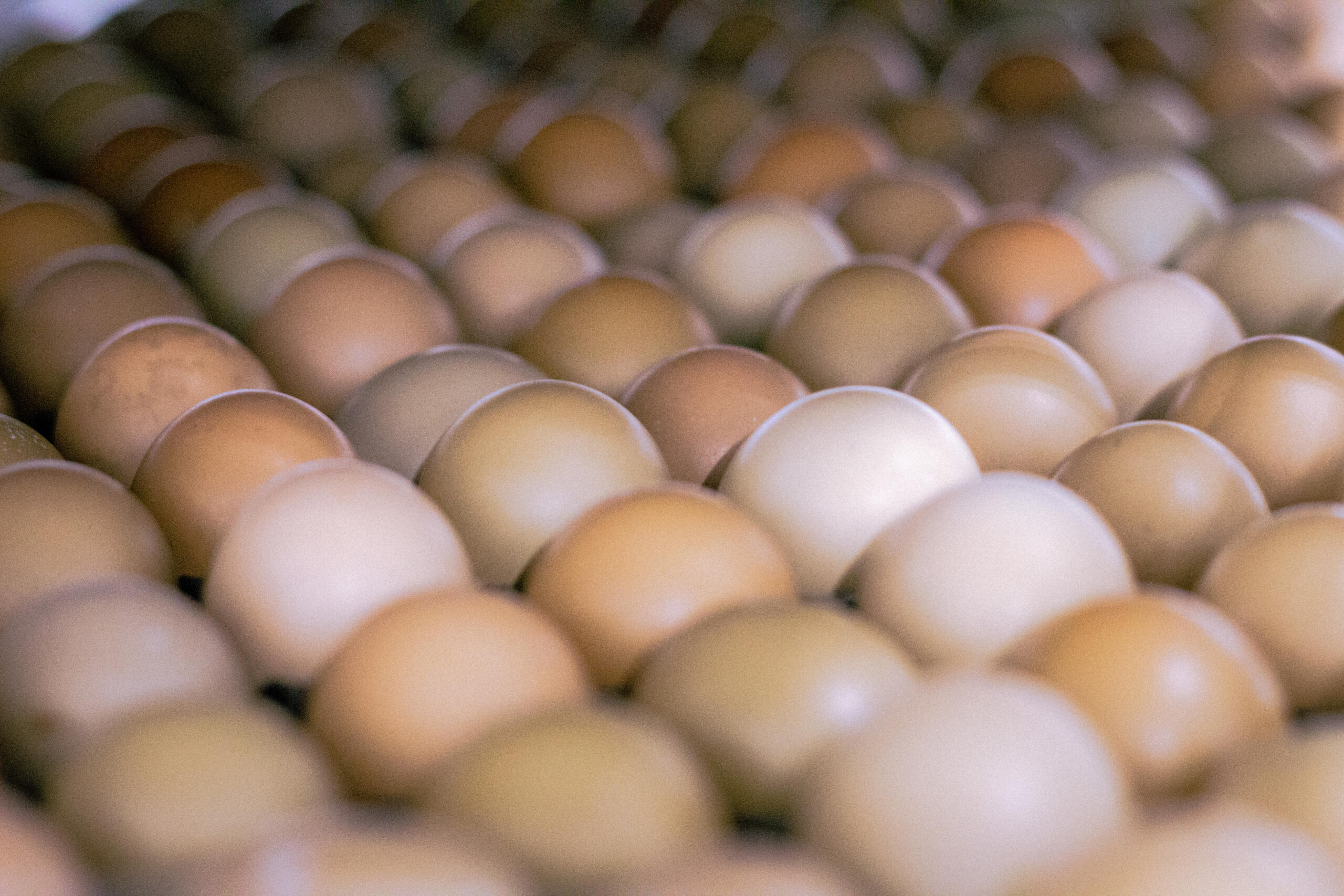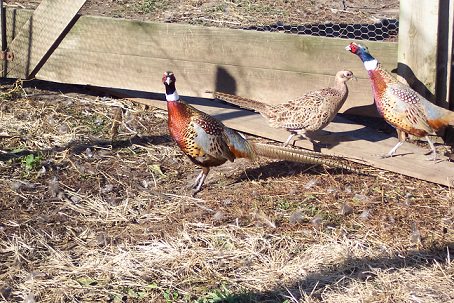Where Do Baby Pheasant Chicks Come From?
At MacFarlane Pheasants, we’re proud to be the largest day-old pheasant chick and game bird supplier in the U.S. What goes into delivering pheasant chicks? Hatchery Manager and Propagation Coordinator Ben Lawton sat down to talk about it.
“My role here at the hatchery is to get chicks to you in best condition possible,” Ben says. His role at MacFarlane includes the chick incubation and hatching, and he personally supervises 12 incubators that each holds 21,528 eggs. That’s a total of 258,000 eggs all developing at the same time!
With that many birds, there’s got to be a system, and Ben’s system is responsible for making sure MacFarlane Pheasants produces over 80,000 birds a week in peak season. Ben makes sure that a variety of species and variations are incubated precisely to ensure a time of 24-30 hours between the first and last egg hatching. A lot of planning goes into this, he says. It takes an average of 25 days for a typical pheasant egg to hatch, but that can also be affected by how old an egg is when it’s put into incubator. Older eggs take longer to hatch than fresher eggs. By staggering when these different eggs go into the incubator, Ben makes sure all birds will “come off” within a day of each other.
From there, he’s got to move fast to get that many chicks out of the incubator. It’s all done by hand, and he and his staff separate birds by species, variety, and even gender. This is also where quality control comes in. Before a bird gets to your doorstep, they’re all visually assessed to make sure they’re healthy.
From there, Ben gets the chicks in boxes ready to be shipped. They start in the morning and box orders from 25 birds to over 20,000. Working closely with the admin side of MacFarlane, those boxes are ready and waiting, postage-paid and ready to ship. Also inside is a gel for chicks to snack on in transit. Called NMAN for short, it stands for Nutritional Matrix for Avian Neonates, and it contains moisture and vitamins “so that they’re in better condition when they get there,” he says.
It’s been a full day of boxing chicks, and that evening the MacFarlane Pheasants trucks rumble toward the Minneapolis and Chicago airports, destined for places as far as England and France, and even Kyrgyzstan. Birds spend the night in the sky flying to your doorstep, healthy, happy, and ready to grow into mature birds. As Ben will tell you, he’s seen to it himself.
Related Posts

Shipping Chicks Safely During Cold Weather Months
Read Post

Preparing Our Barns & Pens Each Spring
Read Post

Join Us at the 3rd Annual NAGA Hunting Club Conference!
Read Post

Incubation of Pheasant Eggs
Read Post

A Comparison of Hatch Data Between Two Different Genetic Types of Pheasants
Read Post

The 14th Biennial Pheasant Management Seminar-March 3-6, 2024
Read Post

Hatchery News at MacFarlane Pheasants
Read Post

The North American Gamebird Association (NAGA) Conference 2024
Read Post
Take Advantage of These Free Resources
As the biggest game bird farm in the United States, we want to share our experience with you. Download our free resources below and get started.





